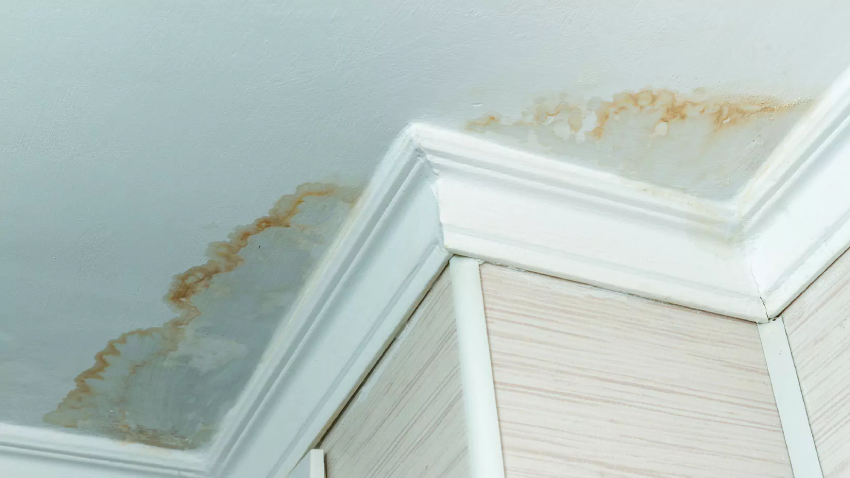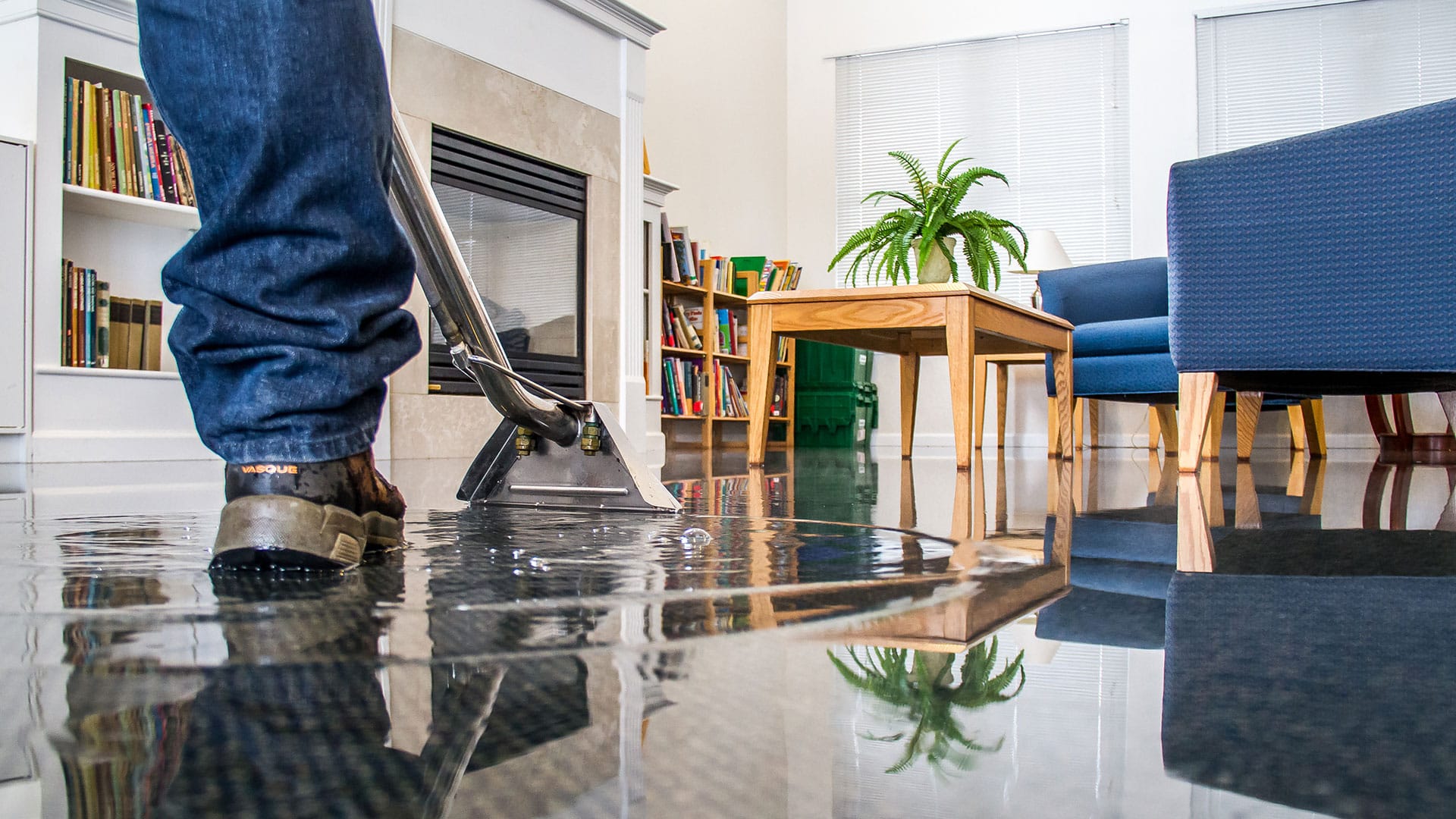Emergency Water Leak Repair to Prevent Further Property Destruction
The Refine of Water Damage Cleanup: Ensuring Your Home Is Restored Successfully
Water damage can be a complicated challenge for property owners, demanding a organized and careful cleaning procedure to bring back safety and functionality. Originally, an extensive assessment is critical to recognize the degree of the damage and figure out the suitable removal procedures. Following this, efficient water extraction methods play an essential role in minimizing additional injury. Nevertheless, the nuances of drying out, sterilizing, and ultimate remediation are equally essential and commonly neglected. Comprehending these phases can make a considerable distinction in the outcome of your home's restoration, triggering a closer check out what each step involves.
Assessing the Damage
Upon discovering water damage, the very first step is to thoroughly evaluate the degree of the effect. This preliminary assessment is critical, as it aids determine the required actions for reliable cleaning and restoration. Begin by inspecting the affected areas, consisting of walls, ceilings, floors, and personal valuables, to identify the resource of the water invasion, whether from flooding, leaks, or condensation.
Documenting the damage is crucial for both insurance cases and planning remediation efforts - damage restoration services. Use photographs and created notes to record the severity of the damages, keeping in mind any type of afflicted architectural aspects and materials. Pay unique focus to locations that might not be quickly noticeable, such as behind walls and under carpets, as concealed dampness can bring about additional issues, including mold growth
In addition, analyze the timeline of the water direct exposure. The longer the materials remain wet, the better the capacity for damage. Understanding the period of exposure will certainly notify the urgency of remediation initiatives. Inevitably, an extensive assessment lays the foundation for a successful water damages cleaning procedure, making sure that all impacted locations are resolved effectively and extensively.
Water Removal Strategies

Experts commonly employ submersible pumps for larger quantities of water, which can rapidly minimize flooding in cellars or various other influenced areas. For smaller quantities, wet/dry vacuums are commonly made use of to extract recurring moisture from carpets and hard surfaces. Additionally, utilizing mobile extractors permits targeted elimination in constrained spaces or areas with delicate materials.
In instances of polluted water, such as sewage or floodwater, advanced extraction techniques might entail making use of biohazard devices to make sure security and compliance with wellness laws. High-powered extraction tools are essential in lessening water retention in structural materials, which can result in mold development and architectural deterioration if not addressed promptly.
Inevitably, the effectiveness of water removal methods plays an essential function in the general success of the water damages cleaning procedure, preparing for subsequent restoration efforts.
Drying and Dehumidification
Once standing water has been properly removed, the next essential stage in the water damage cleanup procedure is drying out and dehumidification. This step is important to protect against additional damage and mold and mildew growth, which can occur within 24 to 2 days in moist environments.
To attain efficient drying, specialized tools such as industrial-grade air movers and dehumidifiers is employed. Air moving companies distribute air across damp surfaces, boosting evaporation prices, while dehumidifiers lower humidity degrees in the air, advertising a conducive environment for drying out. The combination of these devices guarantees that dampness is extracted from furnishings, floorings, and walls, permitting them to completely dry thoroughly.
It is necessary to keep track of the drying out process closely. Experts often utilize dampness meters to examine the dampness web content in various materials, ensuring that all impacted locations get to acceptable dryness degrees. This precise technique helps to avoid hidden dampness pockets that can result in architectural damages or harmful mold development.

Cleaning and Sterilizing
After the drying and dehumidification phase is full, the next vital step in water damage cleanup is cleaning up and disinfecting the influenced locations. This procedure is crucial to stop the growth of mold and mildew, germs, and other microorganisms that flourish in wet environments.
The cleaning phase typically involves removing any debris, dirt, and contaminants from surfaces making use of specialized cleansing representatives. For tough surface areas, a mix of soap and water or industrial cleaning products is commonly utilized. Soft materials, such as furniture and carpetings, may need a lot more considerable cleansing techniques, including steam cleaning or deep removal methods, to guarantee extensive sanitation.

Sterilizing complies with cleaning, making use of EPA-approved disinfectants to eliminate harmful microbes. This step is crucial, especially in areas that may have entered contact with floodwaters or sewer, as these sources can posture severe health and wellness threats.
Furthermore, it is essential to attend to any type of staying smells, which may need making use of odor neutralizers or advanced strategies like ozone moisture damage treatment. Correct cleaning and sterilizing not just restore the safety and health of your home yet also lay the groundwork for successful remediation and repairs in succeeding phases of the water damage cleaning process.
Reconstruction and Fixings

Once the analysis is complete, repair initiatives can start. This normally involves fixing or changing broken products, making sure that all work abides with local building regulations and requirements. As an example, if drywall has actually been jeopardized, it will certainly need to be eliminated and replaced with new material. Furthermore, flooring may require similar attention, relying on the degree of water direct exposure.
It is important to engage skilled remediation specialists throughout this procedure, as they possess the experience to deal with complex repair work efficiently. Moreover, they can assist reduce prospective future concerns, such as mold development or structural instability, thus ensuring a ceiling repair water damage secure and habitable living setting. Inevitably, reliable restoration and repair work bring back the home's stability and improve its total value.
Verdict
Finally, the procedure of water damages cleaning is critical for recovering a home to its pre-damage problem. Each stage, from analyzing the damage to applying effective water extraction strategies, followed by detailed drying, disinfecting, and required fixings, plays a vital duty in making sure safety and compliance with structure requirements. Effective execution of these steps not only reduces immediate damages yet likewise improves the long-term integrity and worth of the residential or commercial property.
Water damages can be a complicated obstacle for homeowners, demanding a careful and structured cleanup process to bring back safety and performance. Inevitably, a thorough analysis lays the groundwork for an effective water damages clean-up process, guaranteeing that all influenced areas are dealt with effectively and completely.
Reliable water removal techniques are necessary in reducing damages and stopping additional problems following a water invasion event.In verdict, the process of water damages cleanup is essential for restoring a home to its pre-damage problem. Each stage, from analyzing the damage to executing efficient water removal techniques, followed by thorough drying, disinfecting, and needed fixings, plays a necessary duty in making sure security and conformity with building standards.